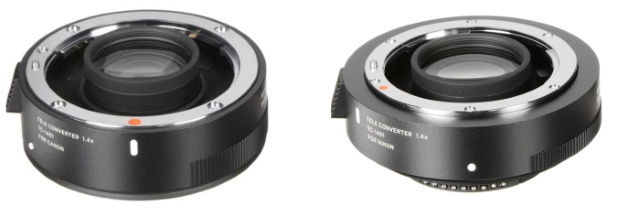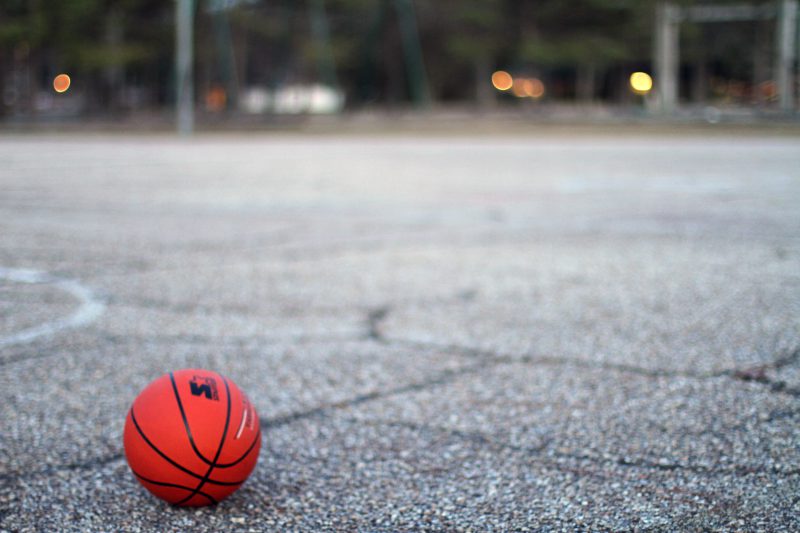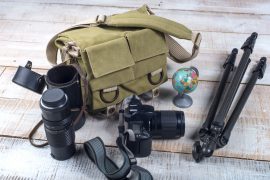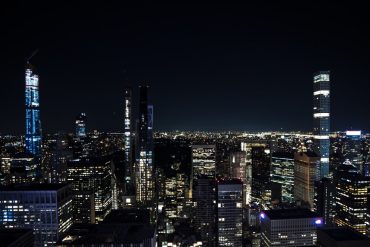Wildlife photography is a very challenging genre to break into because your subjects rarely appreciate being seen and photographed! It takes dedication, skill, and more than a bit of luck to come back with incredible images. Fortunately, there are techniques you can use to increase your chances of success. Here are five wildlife photography tips and techniques you can use to heighten your skills as a photographer!
Wildlife Photography Tips and Techniques
1) Understand Your Subjects

Photo by Bibhukalyan Acharya from Pexels
Understanding the nature and habits of the animals you’re hunting with your lens might be one of the most important tips you’ll ever know. If you simply set out hoping to wander into something interesting, well that may or may not happen. But if you do research into the animals that frequent a given area then your chances of success increase dramatically.
What sort of food do they prefer? What time of day are they normally active? Are they migratory, territorial, predatory? Any of these details can inform your search and make you much more likely to come home with great wildlife images.
If you know that a certain animal prefers grazing in meadows shortly after dawn, then you can choose a likely meadow in the predawn hours, study possible compositions and lighting angles, and then set up a blind or tent. You are then silent, comfortable, and fully prepared for the arrival of your target instead of crashing noisily through the underbrush, hoping to stumble into them.
You may have a few seconds to fire off some quick shots before your prey dashes back into the wilderness – or they may sense you coming long before you ever get close enough.
2) Own a Telephoto or Telephoto Zoom Lens
Lenses with long reach are more important to wildlife photography than perhaps any other genre save sports photography. The majority of animals are simply too skittish for people to ever approach. Two types of lenses that allow you to photograph subjects from a distance are telephoto and zoom lenses. While they offer similar results they aren’t quite the same thing, as I cover in my guide on telephoto vs zoom lenses.
Regardless of which one you choose, both have a lot to offer wildlife photographers. A telephoto prime lens will typically have a wider maximum aperture compared to a zoom lens. This allows you to obtain a shallower depth of field for softer, better-blurred backgrounds. Wider apertures also allow in more light, which is critical for good exposure when shooting in the low light conditions animals often frequent.
A zoom lens, on the other hand, has a focal length that you can change with the twist of the lens barrel. Since animals will often move and change position, a zoom lens ensures you’ll be able to frame the image in the way you wish regardless of where the animal moves to. If the lighting is good and you don’t need the brighter exposure or shallower depth of field of a telephoto prime, a zoom lens is an excellent choice. Most wildlife photographers carry both in their bags.
3) Look Into a Teleconverter

Teleconverter for Canon & Nikon
But sometimes, no matter how much reach you have, you need just a little bit more! This is where a teleconverter comes into play. A teleconverter is essentially a secondary lens that’s mounted in between the main lens and the sensor of your camera.
A teleconverter acts as a magnifying glass for the central portion of your image, expanding it so that you get a larger view of the middle of the frame. They typically come in 1.4x and 2x magnifications and in exchange for the magnification you lose some total light and depth of field. You may also see some slight image softness or vignetting at the far corners, depending on the brand and magnification of the camera and teleconverter.

Photo by daniyal ghanavati from Pexels
These are great to have on hand for extremely distant subjects. Bird photography can be extremely challenging because birds have excellent vision and are quick to flee if they are being stalked. A teleconverter can give you that added bit of reach that creates an intimate composition that would be nearly impossible even with a telephoto or zoom lens. Teleconverters are especially handy for full-frame cameras since crop sensors have a reach advantage thanks to their smaller sensors.
4) Location is as Important as Gear

Photo by patrice schoefolt from Pexels
Gear is important when shooting wildlife photography but how about the location? If you live in highly developed countries like the USA and much of Europe, you may have to travel hundreds or even thousands of miles to come into contact with actual wildlife. Near cities, the only animals that are going to be around are those most tolerant of humans, such as deer, pigeons, raccoons, and the like.
National parks, designated wildernesses, abandoned farms, beaches, and other places where human influences are minimal offer you the best chances to encounter wildlife. Even in these places, you may have to travel deep into the heart of the region as roads, campsites, visitor centers, and other disruptions tend to drive wildlife away.
National parks are found in most countries and act as preserves where animals are free to live with minimal human interference. They also offer rugged scenery that makes the perfect backdrop for environmental portraits that inform your viewers how animals truly behave in their natural habitat!
5) Perfect Your Techniques on Ordinary Wildlife

Photo by Ashithosh U from Pexels
But if you can’t travel due to the pandemic or are in the process of saving for a wilderness safari in the future, there’s no reason why you can’t start practicing right where you are! Deer, pigeons, and raccoons may not be the most interesting of subjects. But you can still sharpen your composition skills using them.
Knowing how to walk and approach wildlife without startling them is a very useful skill as even urban birds and mammals are shy to a degree. You can try storytelling using the environment so that viewers get an idea not only of the animal you’ve seen but the context in which it’s been found. Observing a raccoon long enough to capture it digging into a trash can is a much more interesting image than simply firing off a few shots of one wandering about, for example.
The simple act of observing more ordinary animals in action is one of the most useful wildlife photography tips and techniques you’ll ever come across. Because photography is intimately tied to the act of mindful observation. And the better you are at this the better your images will turn out in the future!
Thanks for reading, I hope you enjoyed the article, in case you have any questions just drop them below & I will be happy to answer you.
The featured Photo by Tina Nord from Pexels
If you enjoy the site, don’t forget to subscribe, we will only inform you when a new article is posted.










I know that when we’re serious about wildlife photography, we should spend a lot of time learning about the species that we are after. The more we learn about the wildlife we are shooting, the better we will be at photographing them. But I find it’s a cool idea to start photographing pigeons and pets to master techiniques.
Happy shooting Ann 🙂
It is quite a difficult job to photograph wildlife or in fact any animals that are not tame. First you have to try and get them to be still, or catch them in movement if you prefer, but it is all a matter of timing.
Your one tip to get to know your subject is a great idea, as then you get an idea of their habits and can thus work out the best time of the day to photograph them.
A zoom lens is also a great idea, as you will frighten them off if you get too close. Also if it is dangerous animals you are shooting, you also don’t want to get too close.
Thanks, MIchel for your input!